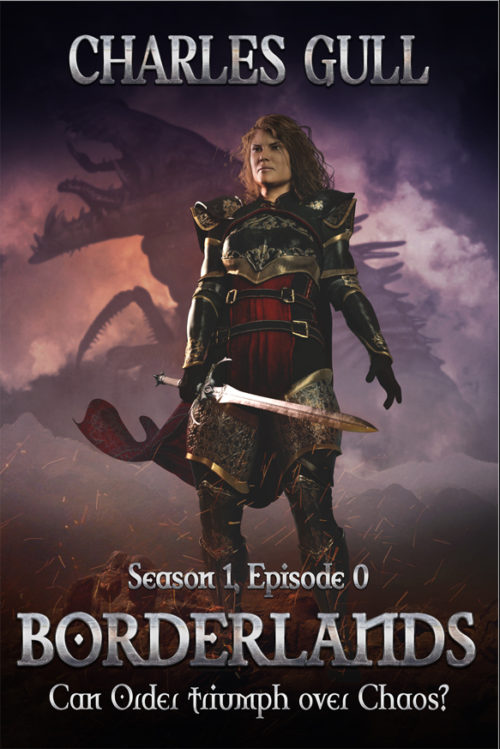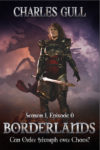The author says:
A look at living with an incredible child. Imaginative, creative, and beyond belief. A blog turned into a narrative of real life.
Nathan says:
I suppose it’s okay that the cover looks like no subject in particular, as the contents are probably pretty random. But you’ve got two focal images here: The chair, and the man-and-child. You should pick one or the other, and of the two, I’d go with the chair because the people in the photograph are unfamiliar to the reader (unless, of course, you’re only marketing to friends and family), and the photo isn’t remarkable to carry the cover on its own.
My own inclination, though, would be to use a photo that both conveys adult/child interaction and universalizes that interaction (because, as I said, nobody who sees the book for the first time is going to be familiar with those particular people). I’d look for a soft-focus, sunny photo of adult and child hands doing something together.
(Obligatory note about the cover as is: The title gets lost, both by being wedged to make room for the photo, and by being black text against a blue background.)
Other comments?












